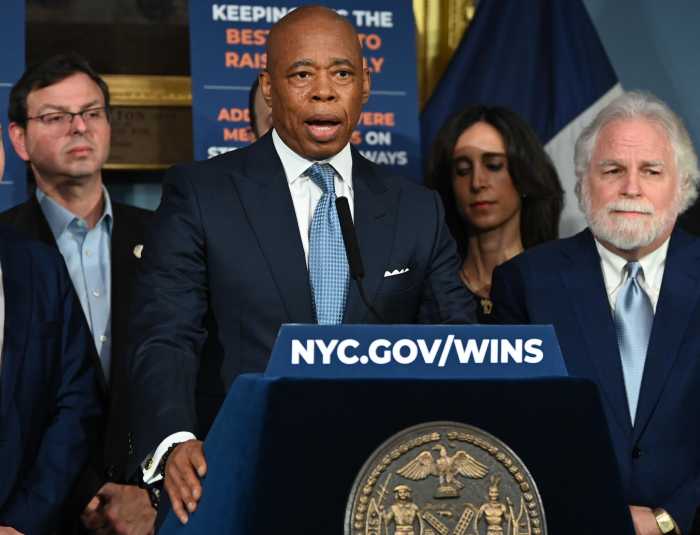BY BOB TRENTLYON (with apologies to Mr. Dickens) | The two cities are Stamford and Norwalk, both located on the Long Island Sound in Western Connecticut. The 1938 hurricane caused enormous damage, and Stamford, now a city of well over 100,000, finally had the Army Corps of Engineers build a storm surge barrier, which was completed in 1968. The barrier is 3000 feet long and has one gate which can be moved up and down. The city of Stamford has added a wall so that the entire protected length is 2.5 miles. The city operates a couple of pumping stations as part of its section of the wall. In Stamford, 600 acres are protected by this barrier.
To give you an idea of what 600 acres are, all of Manhattan south of Chambers Street totals 500 acres. During the time since the barriers were constructed, there have been many hurricanes and storms with flooding occurring from two to twenty times a year — but Stamford has not had damage from either storm surges or flooding. The Army Corps part of the barrier cost $14.5 million to build.
The Army Corps spends several hundred thousand dollars per year on staff and maintenance. The cost saving from Irene was $5,869,000. The cost saving from Sandy was $25,500,000. Unfortunately, I have not been given the cost savings going back to 1968, but I am sure the total saving must be enormous.
Norwalk, a city of 80,000, lies 14 miles east of Stamford. I was told by the city’s press officer that it is a charming town. It is located on the Norwalk River which flows for two miles through Norwalk to the Sound. Four small barrier islands are at the mouth of the river. Two are bird sanctuaries and the other two are uninhabited. Along River Road, which borders the Norwalk River, are 400 houses that are in the flood zone and were damaged by Sandy. There are another 400 houses that also been damaged that lie outside the flood zone for a total cost of $10 million in damages. I looked up Norwalk because NPR had a piece on Washington Village which lies in the flood zone and has the only public housing in Norwalk.
Some state legislators want FEMA to come up with close to $100 million so a developer can raise the public housing building six feet and enlarge the structure to include affordable housing. FEMA does not want to spend money on a structure that is continuously being flooded. No one in Norwalk ever mentions building storm surge barriers or even a sea wall along River Road. The populace seems content with its city, which is a tourist attraction, and seems willing to put up with the worsening storms.
In any case that I have looked at, the total cost of building storm surge barriers is a fraction of the savings that result, not to mention lives saved, time lost from work, and human anguish.




































